In early 2015, a contract dispute between dockworkers’ unions and 29 ports on the West Coast of the US escalated into what was a slowdown strike. Cargoes piled up especially at some of the largest facilities like those in Oakland, LA, and Long Beach, threatening substantial economic costs far and away from just those directly involved. Each side predictably blamed the other for it.
Management’s view:
The ILWU has crippled what were fully productive terminals in the Pacific Northwest and Oakland, and exacerbated a difficult congestion issue at the ports of Los Angeles and Long Beach by intentionally withholding dozens of essential skilled workers each shift for the past 10 weeks.
The union response:
The PMA appears to be abusing public ports and putting the economy at risk in a self-serving attempt to gain the upper hand at the bargaining table, and create the appearance of a crisis in order to score points with politicians in Washington.
A tentative 5-year contract deal was struck on February 20, 2015. Though there were some additional wrinkles, particularly in Oakland, the ports were in March 2015 working heavily to clear out that backlog of goods.
The effects of the stoppage were clear in statistics provided on both sides of the Pacific. The Chinese reported for February 2015 a massive 48% year-over-year increase in exports (almost all the additional activity going to the West Coast of the US). Golden Week holiday distortions made it difficult to parse, but for March 2015 the US Census Bureau reported a massive jump in imported goods received in the US from China. Surging 32% year-over-year, it was at least in the same ballpark to largely confirm the Chinese figures and what might have really led to them (not economic growth).
Last month, the Chinese again figured a huge increase in exports. In dollar terms, February 2018 was 45% more than February 2017; a similar growth rate estimated for goods shipped to the United States. Golden Week comparisons and the difficulties surrounding them still apply.




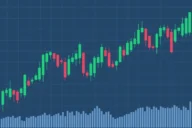

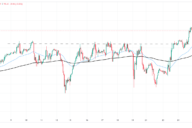



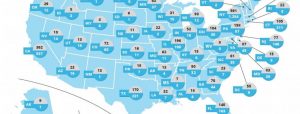
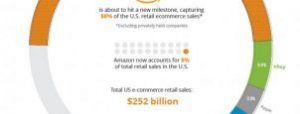
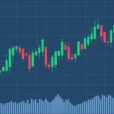

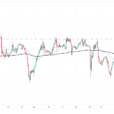

No Comments